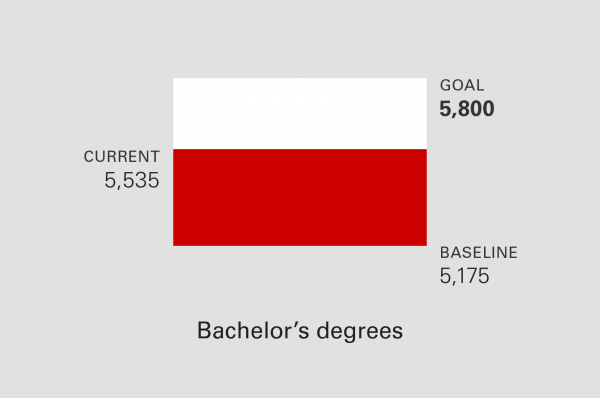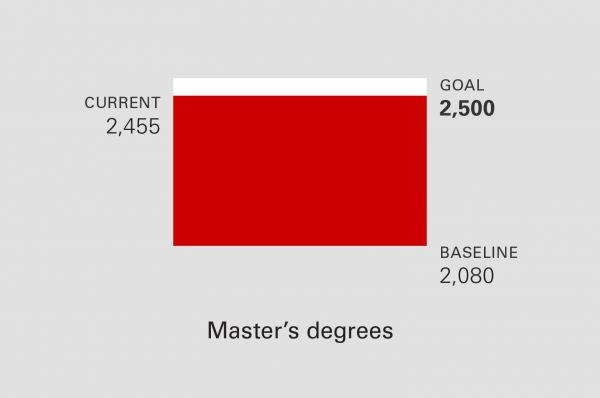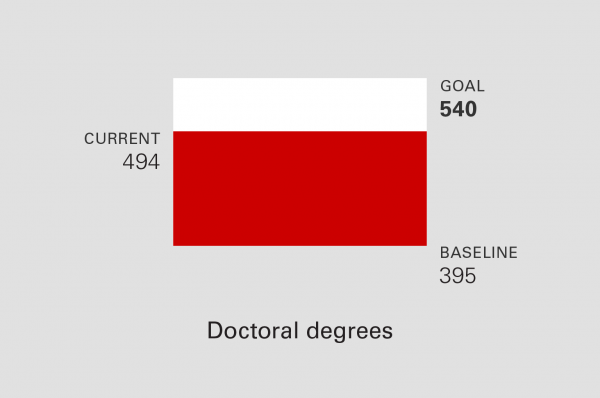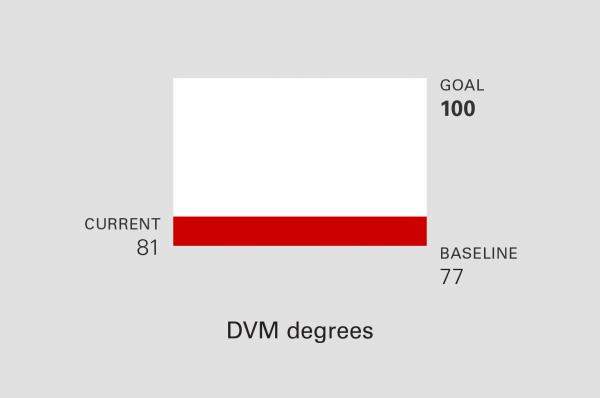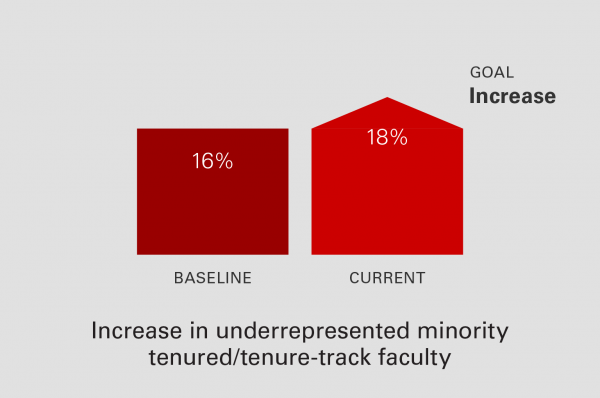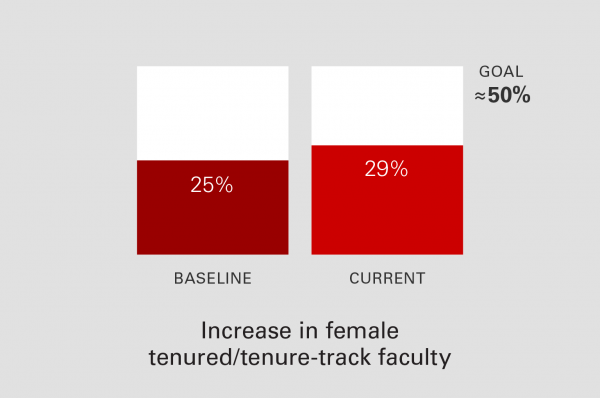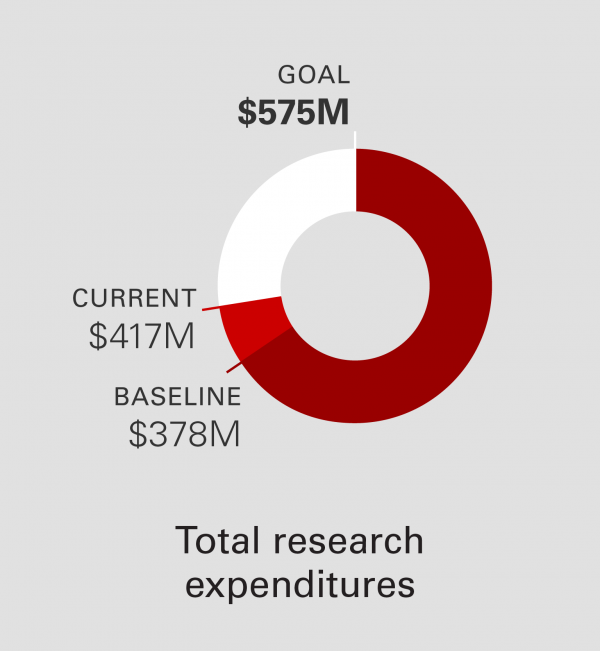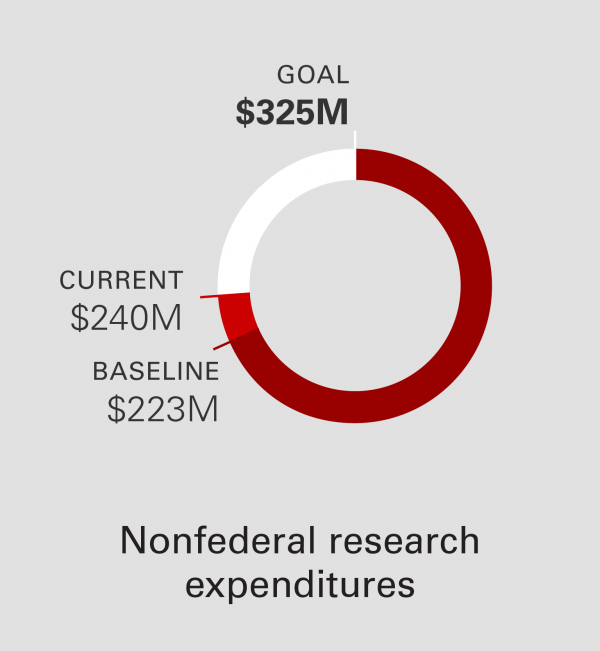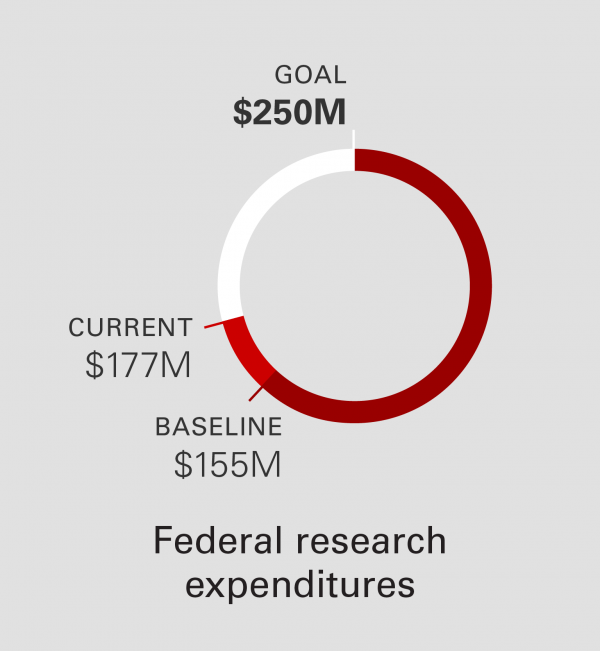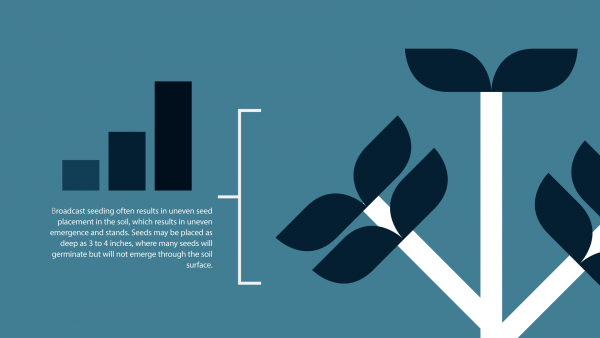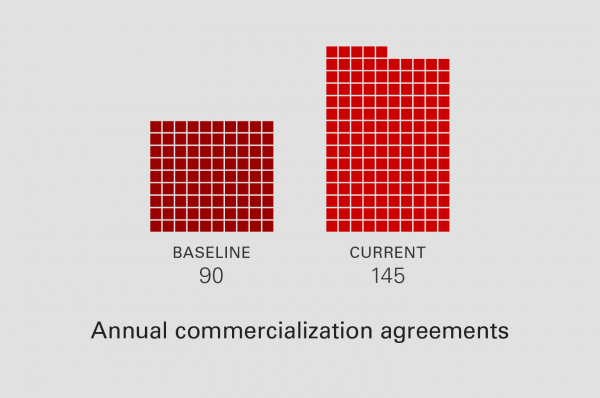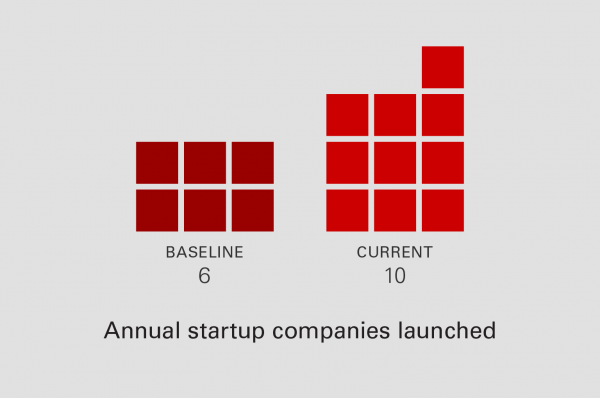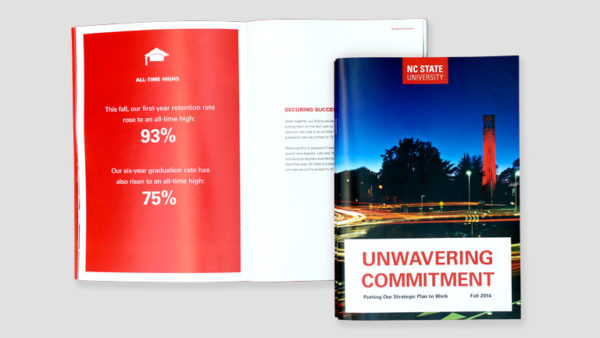
Three-Year Strategic Plan Update 2011-2014
Starting in 2010, our campus community joined forces to create “The Pathway to the Future: NC State’s 2011-2020 Strategic Plan.” Just three years on, we’re delivering on its goals.
Unwavering Commitment
Under the visionary leadership of Chancellor Randy Woodson, we’ve committed our resources to five strategic objectives:
- Enhance the success of our students through educational innovation.
- Enhance scholarship and research by investing in faculty and infrastructure.
- Enhance interdisciplinary scholarship to address the grand challenges of society.
- Enhance organizational excellence by creating a culture of constant improvement.
- Enhance local and global engagement through focused strategic partnerships.
Setting goals is easy. Making them happen, particularly in times of shrinking state support, takes relentless focus and unwavering commitment from an entire organization. By focusing all the resources of this research enterprise on our goals, we’ve made tremendous progress toward meeting them.
Student Success
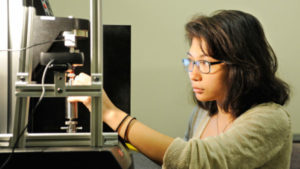
NC State’s first priority is to enhance student success through educational innovation. Above all, we’re in the business of preparing the next generation to tackle society’s grand challenges.
Our 2020 enrollment plan aims to slow the growth of undergraduate enrollment, raise retention and graduation rates, and attract more high-performing students. The last two classes of freshmen have been the academically strongest in university history, with average SAT scores above 1240 and weighted GPAs above 4.4.
We’ve taken steps to better serve undergraduate students by creating online tools to help them enroll and to track their academic progress as part of an intensive advising system. Our high-impact educational opportunities — including internships, co-ops, study-abroad programs and undergraduate research — are likewise helping to raise GPAs and increase student retention. And we’ve improved the change-of-degree process to reduce delays and frustration.
93%
75%
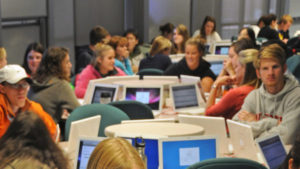
The pioneering educational innovations of our faculty and staff don’t stop there. The SCALE-UP approach to large-enrollment courses has been adopted by more than 50 colleges and universities across the country. Outside the classroom, we now have 14 Living and Learning Villages, and we’re making distance education more accessible and affordable.
We’ve also increased our co-op rotations with industry as well as the number of students taking those spots. When our many partners are recruiting, they know there’s a ready pool of talent at NC State.
By reducing average time to graduation, we’re awarding more degrees. The four-year completion rate for master’s degrees has climbed to 86.4 percent, and the six-year completion rate for doctoral degrees has risen to 59.7 percent. More than ever, NC State is producing the successful students who will help secure future prosperity.
Serving More Students

Interdisciplinary Scholarship and Research
As a land-grant institution and research enterprise, NC State confronts complex, sprawling problems. Thus, our second and third goals are intertwined: to enhance scholarship and research by investing in faculty and infrastructure, and to enhance interdisciplinarity across campus.
Fostering Faculty Diversity
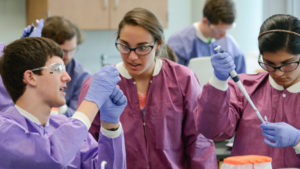
With the launch of the University Faculty Scholars Program, we’ve begun providing direct funding to some of our talented researchers and teachers. So far, 44 faculty members have received a five-year annual supplement of $10,000 that can be used either for salary or for programmatic support.
Underscoring all our efforts to strengthen faculty is the value that NC State places on diversity. We’ve made progress in increasing our proportion of female and underrepresented minority tenured or tenure-track faculty. We’re going to work even harder to attract and retain a critical mass of diverse faculty, staff and students.
Because the biggest problems don’t fit neatly into traditional academic boundaries, we’re redoubling our commitment to interdisciplinarity. One of our most successful initiatives has been the Chancellor’s Faculty Excellence Program, which has attracted 35 world-class faculty across 12 intersectional fields ranging from personalized medicine to bioinformatics. We’re also ensuring that tenure decisions recognize the value of faculty members’ interdisciplinary work.
RECORD-BREAKING RESEARCH
In a time of flat or decreasing funding for higher education, NC State is setting records for sponsored research, surpassing $300 million for the first time in 2013. That support has helped make our campus a “hub for hubs,” one where entrepreneurial faculty and staff can secure the resources they need. Now that we’ve made policy changes affecting everything from proposal development to technology acquisitions, it’s easier than ever to tap extramural support at NC State.

Organizational Excellence and Constant Improvement
When we developed our strategic plan, the United States was still in a deep recession. To weather it and emerge stronger than ever, we’ve built on existing strengths to develop our culture of organizational excellence and constant improvement.

We’ve consolidated our academic and student services into the new Division of Academic and Student Affairs. We’ve also realigned our efforts in extension, engagement and economic development; reorganized the units that promote diversity among faculty, staff and students; and created a centralized Onboarding Center so every new employee starts on the right foot.
Our improved budgeting process builds in more transparency and incentives for efficient or innovative use of resources. We’ve adopted systems to constantly review academic programs, policies and regulations. And in our Office of Institutional Research and Planning, we have a central headquarters for a data-driven approach to decision-making.
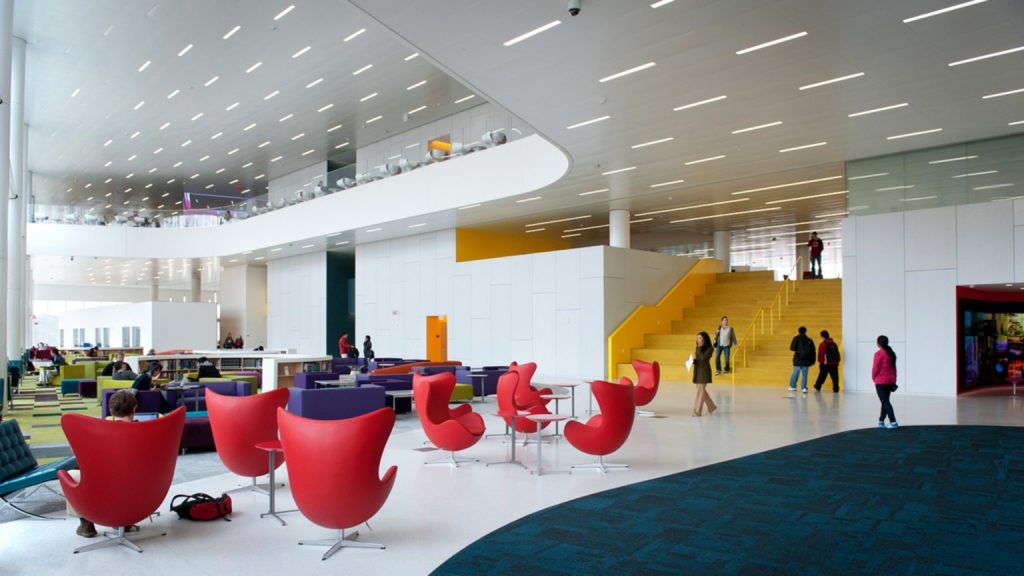
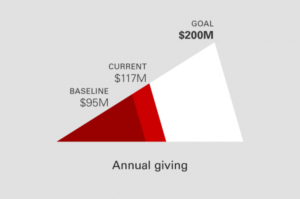
While we’ve focused on managing existing resources more efficiently, we’ve also found and drawn upon new sources of support. As a result, we’ve witnessed the university’s two best years ever in fundraising. The generosity of our friends and alumni has pushed our endowment to nearly $900 million, 76 percent above its 2010 level.

Local and Global Engagement
NC State’s land-grant mission transcends North Carolina’s borders. To confront society’s grand challenges we must form wide-ranging partnerships that meet local needs all over the world.

As the only university leading two active National Science Foundation Engineering Research Centers, NC State is well-known for collaborating with major partners to pursue cutting-edge research. This year the U.S. Department of Energy tapped us to lead PowerAmerica, a $140 million next-generation manufacturing institute that unites 25 academic and industry partners.
More than 60 business, government and nonprofit partners work alongside our students, faculty and staff on Centennial Campus. Two top companies, LexisNexis and Switzerland-based ABB, have recently announced plans to move or expand their operations there. Since 2012, our $10 million collaborative research agreement with Fortune 500 firm Eastman Chemical has yielded more than 30 diverse projects across campus.
THE PARTNER OF CHOICE

NC State has become a bustling center for entrepreneurship that nurtures local economies and sends new ideas and products to market. In 2014, we received a record-high $7.5 million in royalties. That success is built on increasing numbers of patents, commercialization agreements and startup or spinoff companies.Our growing reputation is attracting more international students — especially the outstanding graduate students who bolster our research. And thanks to our increased focus on global engagement, NC State now maintains a network of 20 partnerships in crucial world regions. In recognition of those efforts, we were one of just four universities in the country this year to receive the Senator Paul Simon Award for Comprehensive Internationalization.
With the help of our faculty and staff, we’re revitalizing local economies, leading national initiatives and connecting with partners and peers around the globe.
BRINGING RESEARCH TO MARKET

Conclusion
As our strategic plan reshapes NC State, its effects ripple out into the world with every new graduate, every research paper published, every partnership launched.
Over the last year, we’ve again won national acclaim as one of the best values in higher education, a leader in diversity and the home of fast-rising programs in veterinary medicine, engineering, business and other fields. We’re climbing up the U.S. News & World Report rankings, too, breaking the top 100on the 2015 list.
Our momentum at NC State has never been stronger.
Chancellor Randy Woodson
We’ve made a strong start, but there is still work to do. Chancellor Woodson and his leadership team are setting the course for that work over the next three years.
We’ll focus on continuing to create a culture of interdisciplinarity, launching new faculty clusters and offering financial support for research and engagement that cross disciplines.
We’ll foster increasing diversity, create new admissions pathways for the best students and build public-private partnerships that take on global challenges and solve them.
We’ll do all that and more with the “Think and Do” spirit that has already brought us so far.
